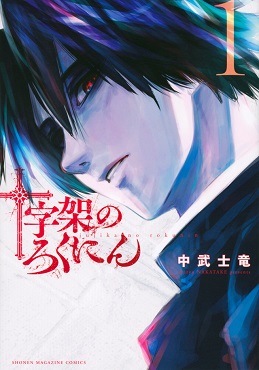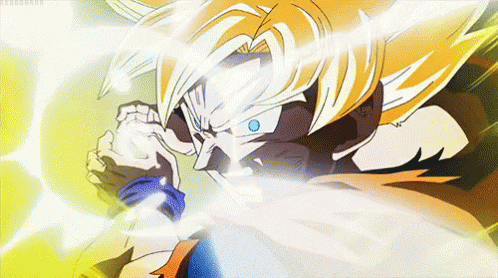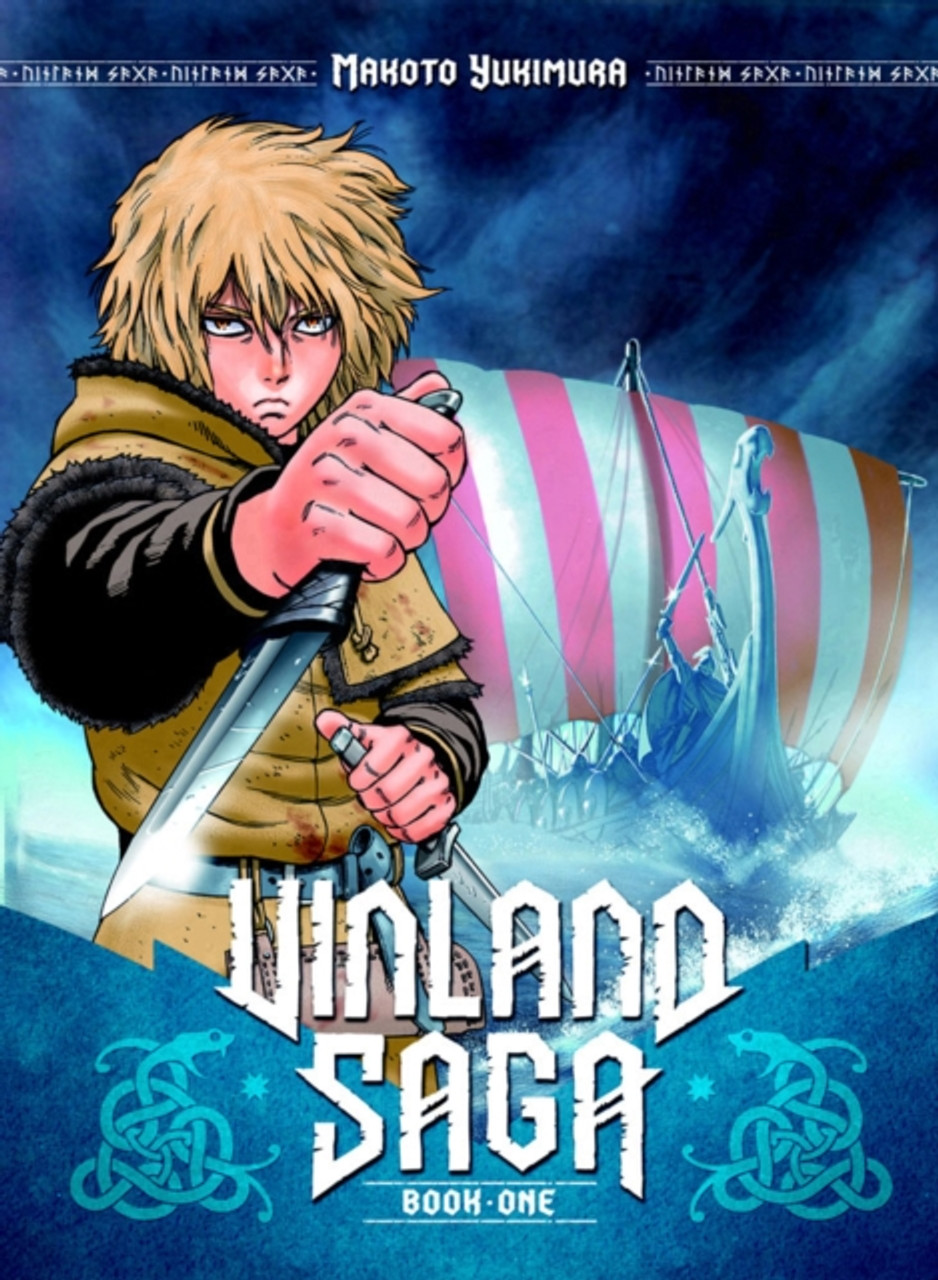Charlie Zuo

Keita Kurosaka is a Japanese animator, filmmaker, and artist known for his experimental and authentic approach to animation and storytelling. His work often combines the traditional-drawn techniques with surreal and grotesque imagery, illustrating a unique and haunting visual style. And there are several recurring themes, reflecting his fascination with the subconscious, the grotesque, and the fragility of human existence. He blurs the lines between humans and nature, raising ethical and environmental questions about the coexistence and exploitation. His films frequently delve into mortality and isolation, using dreamlike worlds to exert control over his characters, placing them in uncomfortable settings that reflect their inner thoughts and desires.
“A person’s true strength is not measured by the things they can control, but by ho they handle the things they cannot.” This quote from Midair no Hibi captures the central message of the series, emphasizing that strength is not about power or control, but about how you would react and choose when facing unpredictable situations. One’s true character is revealed through the choices they make when their not in control.
One of his most notable works is “Midori-ko” (2010), a feature animated film, that took over a decade to complete, has had a significant cultural impact by challenging conventional animation norms and addressing pressing societal themes. As an entirely hand-drawn, independently produced film, it serves as a countercultural statement within the animation industry, inspiring independent creators to pursue experimental projects. Even though the film was a success, it did receive criticism and mixed reactions, primarily to its unconventional approach and uncomfortable themes. Critics and viewers who are more familiar to mainstream animal or polished animation styles sometimes found to film to be too raw. Additionally, some views were disturbed by the film’s intense and unsettling imagery, which blurs the line between beauty and horror. But thank god, these aspects, however, were seen as strengths in the eyes of art and film enthusiasts, who appreciated and were inspired its authentic and deeper philosophical undertones.
I don’t really like anime, because im mainly inspired by mangas like Juujika no Rokunin, Berserk, and Goodnight Punpun.









